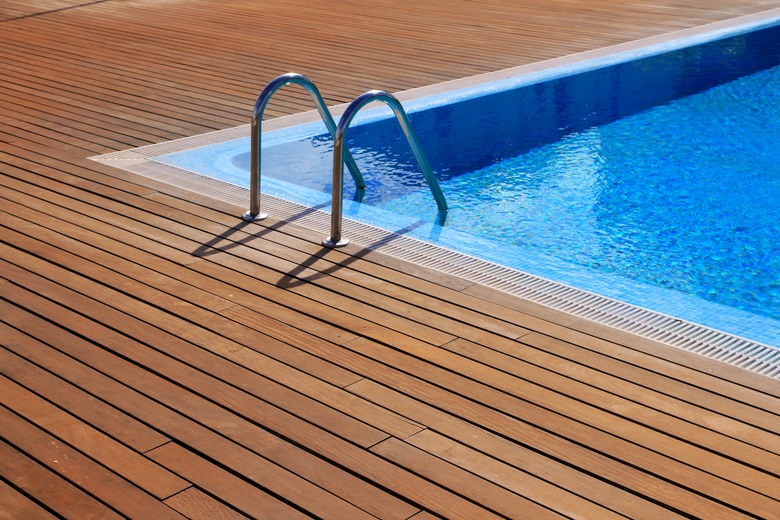Acacia Vs. Teak
We may receive a commission on purchases made from links.
Acacia and teak are two varieties of exotic hardwood that have enjoyed continued popularity in recent decades. Both are imported to the United States for use in furniture, fixtures, flooring, and many other household items. Most lumberyards that deal in exotic hardwoods commonly stock teak and acacia lumber in various widths, lengths, and thicknesses. Acacia and teak are often used almost interchangeably, but they come with some differences in cost, aesthetics, and other characteristics.
Origins of Acacia and Teak
Origins of Acacia and Teak
Even though there are over 1,000 species worldwide, the bulk of the acacia used domestically comes from two varieties: Australian Blackwood and Hawaiian Koa. While some dealers refer to teak generically, only one variety, Burmese teak, is widely grown and distributed. Burmese teak originates from plantations in Central and South America.
Acacia is shrub-like tree. It takes years to reach maturity, and it is generally regarded as an invasive species in many locations. Old-growth teak is somewhat elusive and hard to find. It yields wider boards than acacia. Contemporary teak is harvested at an early age. Neither teak or acacia are considered endangered.
Acacia and Teak Hardness
Acacia and Teak Hardness
The differences in hardness between acacia and teak are insignificant. Wood hardness, or density, is rated by a system known as the Janka hardness scale; the higher the number, the harder the wood. Acacia from Blackwood has a density rating of 1,160; Hawaian Koa is rated at 1,170. Teak ranks just below acacia woods at 1,070. For the sake of comparison, domestic red oak is harder than both acacia and teak, ranking at 1,290.
Acacia and Teak Characteristics
Acacia and Teak Characteristics
Acacia is known for these characteristics and qualities:
- More varieties than teak, with more variations in grain pattern
- Interlocked or curved grain patterns that can shear
- Reddish-brown tint that won't darken with age
- Not considered as exclusive as teak
- Accepts stain better than teak
- More likely to appear in big box stores or as a kit item
- Requires a topcoat finish
Teak is known for these characteristics and qualities:
- Single, straight-grain patterns with few variations
- Light-brown color fades to chocolate over time
- Oily-feel and texture
- Doesn't require a top coat as the natural oils in the wood protects it
- Dense, tight grain pattern less likely to shear than acacia
- Less likely to warp or crack than acacia
- More often used in fine furniture than acacia
- The gold standard of wood for exterior durability with or without sealant
Acacia Advantages
- Swirling, wavy patterns and outstanding color variations create a more complex appearance than found with teak
- Can be polished to a higher sheen than teak, primarily because of a recommended top coat of polyurethane
- Resembles other exotic hardwoods
- Costs less than half the price of teak
Teak Advantages
- Rich, natural dark color adds warmth and consistency to a room or furniture set
- Can be used universally throughout a home, interior or exterior
- Can be used as-is, without a topcoat product
- Has more natural moisture-resistance than any other hardwood
- One of the most premium (but also expensive) flooring materials
